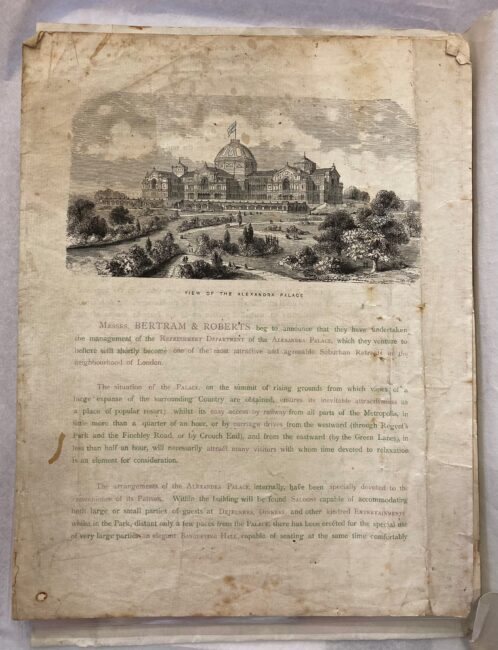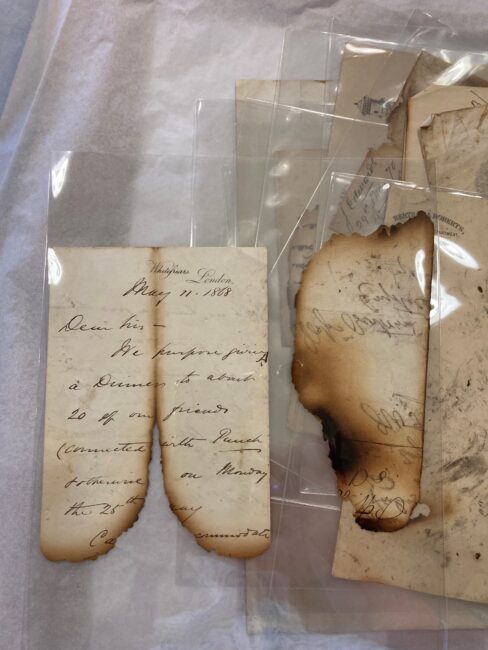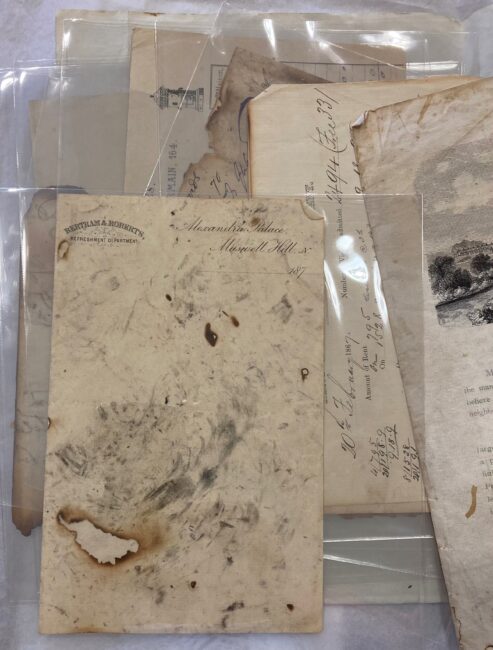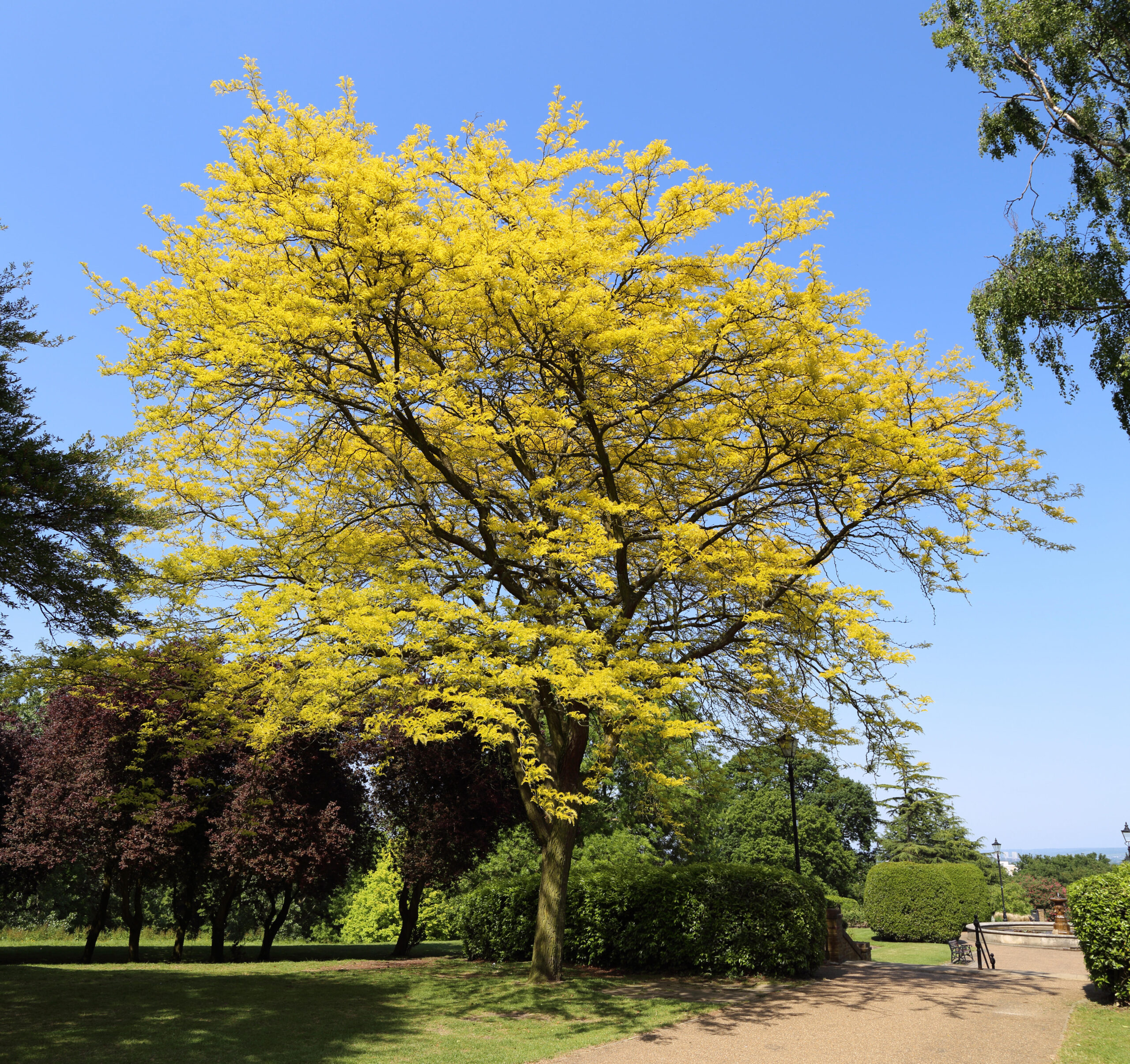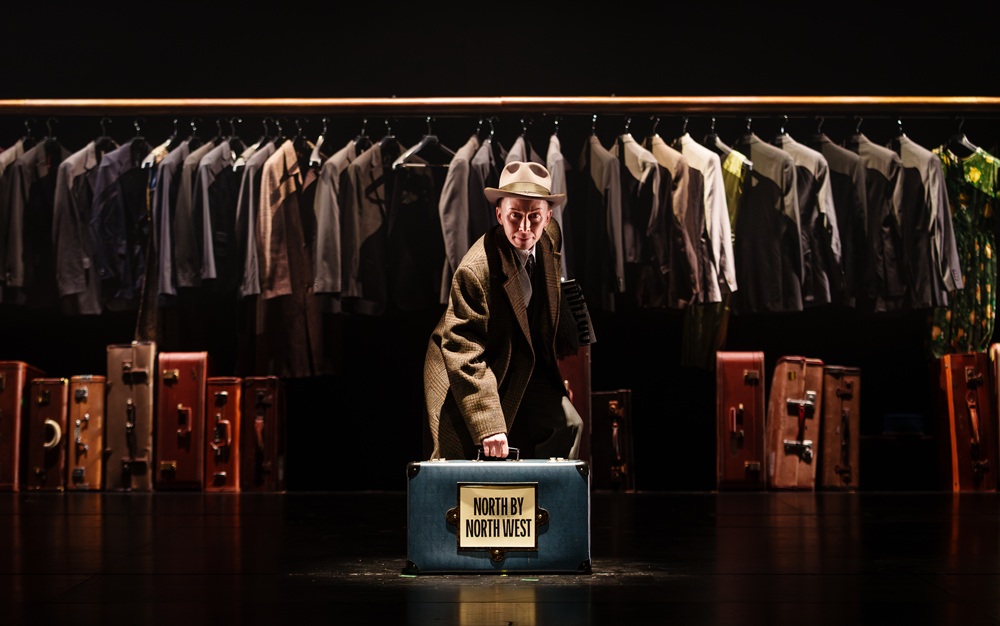As we celebrate our 150th anniversary year, our archive volunteer, Pauline Green, has researched newspaper reports from the opening of Alexandra Palace, back in 1873. Below are transcribed pages from the Illustrated London News and archive articles about the opening of the First Palace, and what happened next!
Saturday 24 May 1873 was a rather special day in North London – the long-awaited opening of the Alexandra Palace. It was also Queen Victoria’s 54th birthday though she probably wasn’t there! The history of Ally Pally has been well documented elsewhere (notably in Palace on the Hill by Ken Gay HHS 1992). Here follows an edited version of the contemporaneous reports in the Illustrated London News (ILN) of those sixteen momentous days – from opening to destruction. Though ever restrained in its journalistic style, the ILN does move here from excitement to sadness.
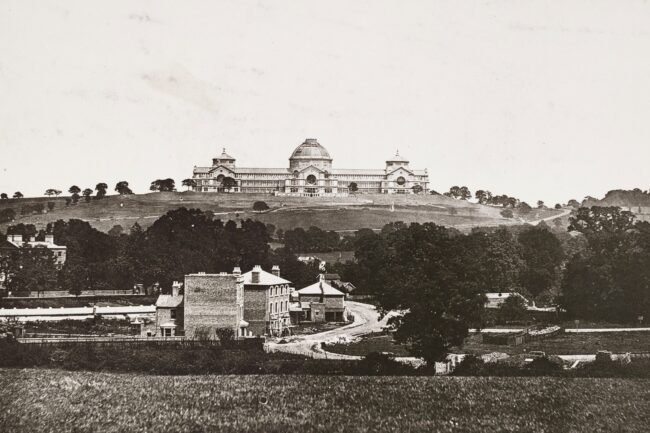
ILN: 31 May
“The opening last Saturday of the Alexandra Palace and Park, at Muswell-hill, beyond Hornsey…was a pleasant festival to many thousands of visitors…The grounds are situated in the most agreeable part of Middlesex, exactly six miles from Charing-cross, but amidst rural scenery of delightful freshness, variety and beauty…220 acres, laid out in park and garden, on the summit of a range of green hills, adorned with flourishing oaks and elms…(with) views that cannot be surpassed in the neighbourhood of town.”
“The Alexandra Palace…is an edifice stately and dignified, as well as elegant…the architectural style is Italian with arabesque decorations in blue, grey and gold on a ground of chocolate brown…the lighting is…from ample side ranges of lofty windows and from two gorgeously coloured large round windows of painted glass at opposite ends of the nave. Stone coffers and vases of ornamental design containing a variety of flowering shrubs and plants, alternate with statues or groups of sculpture on pedestals along the nave. The grand organ…is an instrument of great size and musical power. There is a spacious and commodious concert-hall, with another organ…(and) a theatre nearly as big as that of Drury Lane.”
The proposed activities promise much: “…flower shows and fruit shows, bird shows, cat shows, the picture galleries…collections of works of art, of antiquities…of natural curiosities. A marine aquarium is to be formed; horse shows, dog shows, pigeon-races, athletic sports, archery-matches, cricket-matches and displays of fireworks…Alexandra Park races in July and September with a very handsome grand stand…a series of six opera concerts.”
On the actual opening day entertainment consisted of first: “…a flower show in the nave which was a very pretty sight…and a grand concert afterwards in the central transept…”
But! “It must be confessed that a large portion of the assembled company were unable to hear the music, but we trust they all enjoyed themselves in one way or another.”
Sixteen day later on Monday 9 June, fire!
ILN: 14 June
“We sincerely regret to say that the grand and beautiful structure on Muswell-hill, completed at the cost of half a million sterling, was entirely destroyed by fire last Monday. Nothing is left of it but the blackened ruins…This disaster was the work of an hour and a half between noon and two o’clock when many thousands of visitors …were assembled. Its cause was the carelessness of workmen employed to repair the leadwork in the roof of the great dome…(when) the men were gone to dinner at half past twelve…a morsel of red-hot charcoal dropped from a brazier…”

“The first outbreak was observed by many persons…shouts of alarm ran through the (building)…while the multitude of visitors escaped as fast as they could by every door…When the alarm reached the offices of the manager and secretary…their staff were devoted to rescuing from destruction the most valuable objects of art…modern pictures and drawing (were) torn down from the gallery walls and carried by files of men out into the park.”
The Fire Service responded to telegraphs:
“…two fire-engines kept at King’s-cross (were sent) by special train to Wood Green.”
“…six steam fire-engines…nine steam fire-engines, seven manual engines and about 120 of the most experienced men in the force…worked from a valley on the western side of the burning building, where, however, there was but an indifferent supply of water. With a large reservoir and the New River at the foot of the hill, there does not seem to have been any arrangements for pumping it up in quantities…and they had to contend with a stiff breeze which greatly fanned the flames.”
There follows a very detailed description of the actual fire, how it spread, how the royal box was set alight by the falling of the Union Jack above, how the mighty dome crashed down onto the great organ…and so on. Did the reporter just happen to be there? Was someone standing inside the burning building watching the destruction all around? Journalistic licence I suppose, or imagination.
The police arrived, four Superintendents no less and…“rendered efficient service in protecting the few articles brought out of the building…and in preventing spectators from getting into danger.”
Almost everything was destroyed, “The whole interior, in fact, is an unsightly ruin from beginning to end, completely open to the sky, and filled with iron material, twisted into all kinds of fantastic shapes, and other rubbish.”
Several firemen were severely injured and…“two persons lost their lives in the fire; (a nightwatchman named Jordan)…and an elderly man named Charles Casey, employed to take care of the plate belonging to Messrs. Bertram and Roberts, the contractors for refreshments.”
There were further repercussions: “the loss to the individual exhibitors and others will be very great and hundreds of persons are thrown out of employment. Much sympathy is felt…especially for the poor women who had hired stalls in the bazaar and whose goods are destroyed. A subscription for their relief is proposed.”
ILN: 21 June
“It is satisfactory to notice that the enterprising proprietors are not daunted by their severe misfortune. They have this week been making successful efforts to draw large numbers of visitors to the Alexandra Park where much still remains for enjoyment in fine weather…(a) rhododendron show, grand cricket match…a balloon ascent…performances of the Company’s band…archery…other sports or exercises…swings and roundabouts.”
“There was a special novelty introduced on Monday evening, a pyrotechnic illumination of the ruins of the palace which is an idea of bold and heroic spirits that should command our respect.”
RARE FINDS
The documents below were donated to the Palace’s archive last year by Lynne Jones, who found the 150-year-old fragments of charred paper in a carefully labelled and initialled file, while clearing her Mum’s house. They were collected by her Great Grandfather, Frederick Howard Jones, born 1853, who lived near Ally Pally and witnessed the fire in June 1873. The family photo shows Fred (left) as a young man standing behind the older, seated woman. We are indebted to the Jones family for their generous contribution to the physical evidence of the Palace’s activity and long history.

